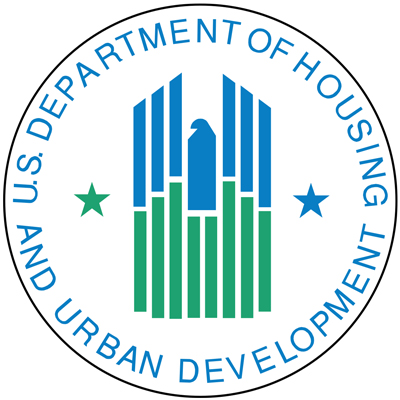The newly published appendix to the Department of Housing and Urban Development’s “Service Coordinators in Multifamily Housing Program Resource Guide” shares protocols for virtual service coordination for affordable senior housing and similar settings.
The agency said it recognizes that virtual service coordination might be needed either short term due to factors such as inclement weather or for an extended period of time due to factors such as pandemics.
“Today’s technology offers many different ways for people to connect virtually, including telephone calls, correspondence via email and computer chat functions, texting, one-on-one video calls, group video conferencing sessions, and social media broadcast tools,” according to the publication’s “Appendix C: Building capacity for virtual service coordination.”
“While training may help improve base levels of comfort with technology, service coordinators should take a person-centered approach to determining the best way to incorporate virtual services and programs at a property and create programming with the least digitally savvy resident in mind,” the appendix continues.
Older adults are at increased risk for social isolation, loneliness and depression, according to HUD, so the guide outlines methods for keeping connected and engaged with residents. Also, providers must recognize that one size does not fit all, the agency said. Depending on the level of care and services a resident receives, he or she might be comfortable with just a phone call, whereas others need an in-person visit.
“If a service coordinator is working virtually for two days a week, they could prioritize in-person check-ins while they are in the office with those residents who prefer to meet in person and contact the other residents by phone when they are off site,” the guide suggests.



